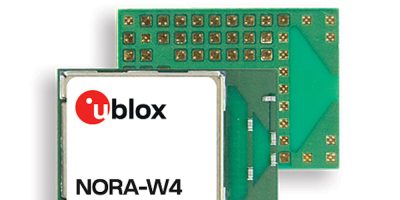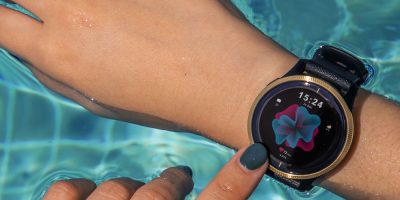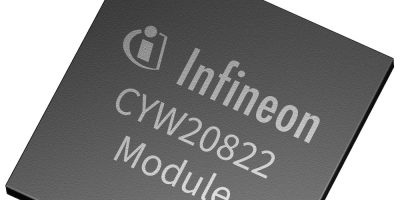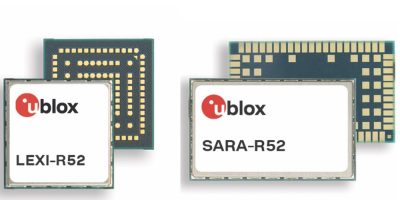u-blox has announced its new NORA-W4 module. With a range of wireless technologies (Wi-Fi 6, Bluetooth LE 5.3, Thread, and Zigbee), compact form factor (10.4 x 14.3 x 1.9 mm), and affordability, NORA-W4 is ideal for IoT applications such as smart home, asset tracking, healthcare, and industrial automation.
NORA-W4 is a single-band tri-radio Wi-Fi 6 module built on the Espressif ESP32-C6 System-on-Chip. It enables battery-powered IoT nodes to operate directly over Wi-Fi. This simplifies implementation and reduces system-level costs by limiting the need for a Bluetooth gateway, making it a perfect match for applications like wireless battery-operated sensors.
NORA-W4 uses Wi-Fi 6 technology that is optimized for IoT and significantly reduces network congestion in environments such as factories, workplaces, or warehouses, thereby improving throughput and reducing latency. Fully backward compatible with Wi-Fi 4, the module can also be used in cases where the Wi-Fi infrastructure has not been upgraded.
The u-blox NORA-W4 module supports Matter protocol, Thread, and Zigbee technologies that are designed for new applications in the smart home environment. Consequently, it allows interoperability with other Matter smart home devices.
NORA-W4’s small form factor permits designers to adapt to device size constraints. Its compatibility with other u-blox NORA modules is key to effortless technology migration, such as transitioning from Wi-Fi 4 to Wi-Fi 6. In addition, the module is packed with enhanced security features, including secure boot, trusted execution environment, and flash encryption, to name a few.
NORA-W4 is available in 6 different variants: open CPU or u-connectXpress, antenna pin or PCB antenna, and with either 4MB or 8MB flash memory. Early samples are available now, with volume production scheduled for H2 2024.







